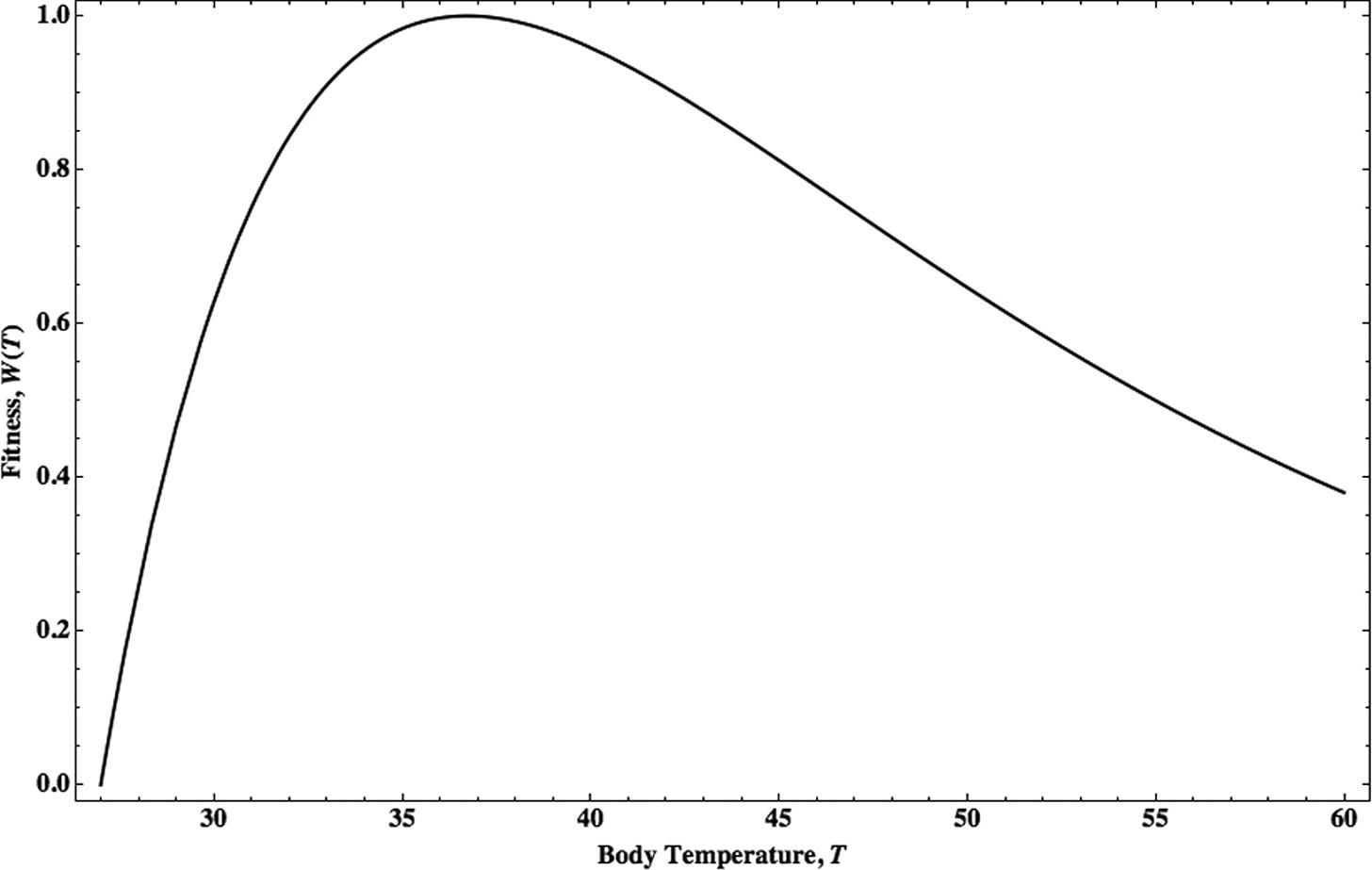What? Did you think all the mushroom posts were simply about.....mushrooms?
If so, you were right, but there might be more to the story.
From Connor Tabarrok, OfAllTrades Substack, June 23:
How climate change may be driving the emergence of the next great extinction event
One of the more subtle effects of the coronavirus pandemic has been the everyday normalization of getting your temperature taken. Whether it’s at the door to your doctor’s office or your local barber shop, the last year has been an all time high of thermometer-forehead interactions. “98.6, you’re good to go!”, “98.6, have a great day sir!”, "98.6, and if you’ll just follow me…” the number has become a sort of greenlight for transactions, familiarly drilled into your head like the chime of a debit card being approved at the grocery store. But have you ever stopped to wonder why our bodies seemed to settle at that temperature?
The answer lies 66 million years ago, in the aftermath of the meteor that killed the dinosaurs. In a theory proposed by Arturo Casadevall of John Hopkins University. (You can read his paper on the subject here). This is the very moment when mammals took the throne from reptiles and became the dominant group of living creatures on earth. In the aftermath of the impact, dust and particles covered the Earth, plunging the world into a cooling cycle similar to a volcanic or nuclear winter. This is thought to have interfered with the photosynthesis of plants world wide, and caused an astounding amount of them to die. Not only did this mean that the large animals who survived the first few years post impact had a much harder time finding food, it also meant that there was a huge amount of biomass available in the soil for decomposers to capitalize on. This caused an absolute explosion in fungal life that can actually be seen in the fossil record.
The asteroid that killed the dinosaurs is famously known to have deposited a layer of iridium rich rock all around the earth called the K-T barrier. No matter where you are digging on Earth, in rock below this iridium deposit layer, you can find cretaceous era dinosaur fossils, and in the rock above it, we find none. Interestingly, right above the K-T barrier, we find some of the highest concentrations of spores anywhere in the fossil record. For years after impact, the dark, cold conditions of the planet allowed fungal organisms big and small to thrive, eating away at the nutrients of dead plants and even threatening to invade and eat alive any animal whose immune system couldn’t fend them off.
In a world hostile enough to end the age of dinosaurs, wipe out an unthinkable number of species, and slow plant growth to a crawl, how could our mammalian ancestors have survived? 98.6. That’s the answer. 98.6. You see, fungi can be deadly if they invade your body, but they start to denature at 86 degrees, which means that in hot blooded creatures, our latent body heat keeps the fungus out. In reptiles, (the competition) they warm themselves in the sun to induce a fever state and purge the fungi that way. But in the asteroid induced winter of the post K-T era, this isn’t possible. This means that our mammalian ancestors got to fill all these niches left behind by their scaly-adversaries, leading to an event called the mammalian explosion, where mammals quickly supplanted their less fungi-friendly foes and became the dominant group of organisms across the planet.
Okay, so Casadevall’s theory tells us why our bodies are hot blooded, but why 98.6 specifically? Well, Casadevall has an answer for that too. In humans, 98.6 is the optimal tradeoff between our metabolism and protection from fungal infections.
(Paper here)
By creating a model of the tradeoff between metabolic rate and fungal immunity and representing that as the function fitness on the y axis, Casadevall et al obtained the above graph, which shows the peak fitness at 37 degrees Celsius. Amazingly, this relationship is standard across all mammalian organisms, given adjustments for body mass.
Although we can’t stick a thermometer in the mouth of our mammalian ancestors from 66 million years ago, we know that the body temperatures of all mammals follow this relationship, meaning that it hasn’t changed since that common ancestor. In other words, for 66 million years, this relationship has stayed the same for all mammals. Now though, all of that is set to change....
....MUCH MORE
HT to (and if interested, read the comments on) the similarly named Alex Tabarrok:
Excellent deep dive on why normal temperature is 98.6. The surprising answer involves asteroids, dinosaurs and fungi and has worrying implications for climate change. https://t.co/abZF3pgerc
— Alex Tabarrok (@ATabarrok) June 24, 2021
However, ScienceAlert, October 31:
The human body is often said to rest at a healthy internal temperature of 37 degrees Celsius, or 98.6 degrees Fahrenheit.This average was established two centuries ago in France, and yet in the meantime, it seems our 'normal' physiology has changed ever so slightly....
I'm pretty sure we're all gonna die.
